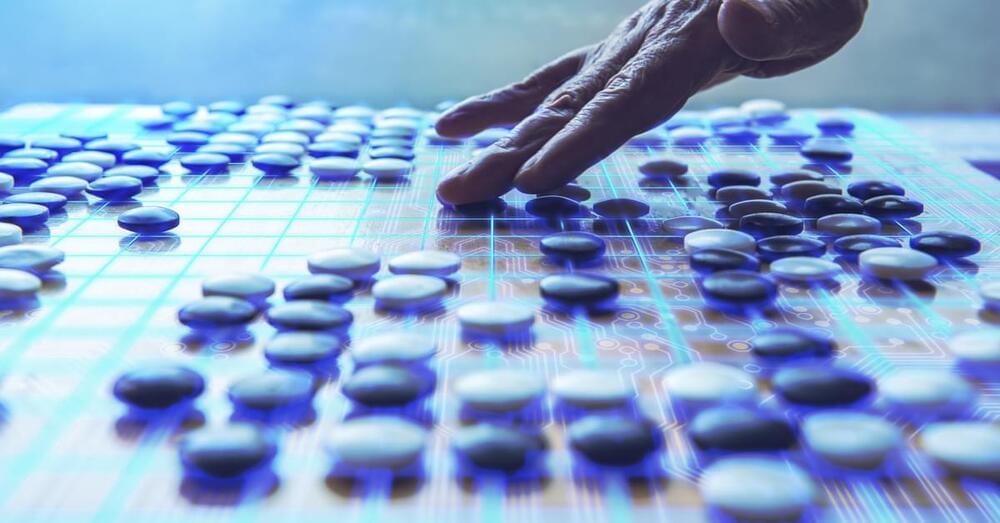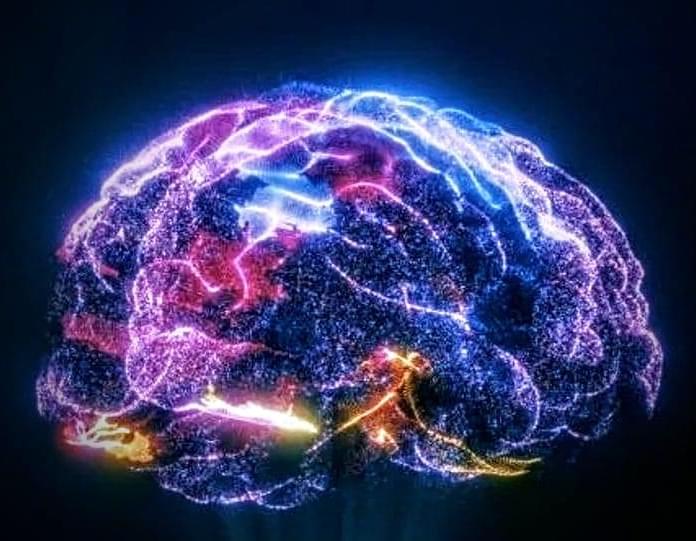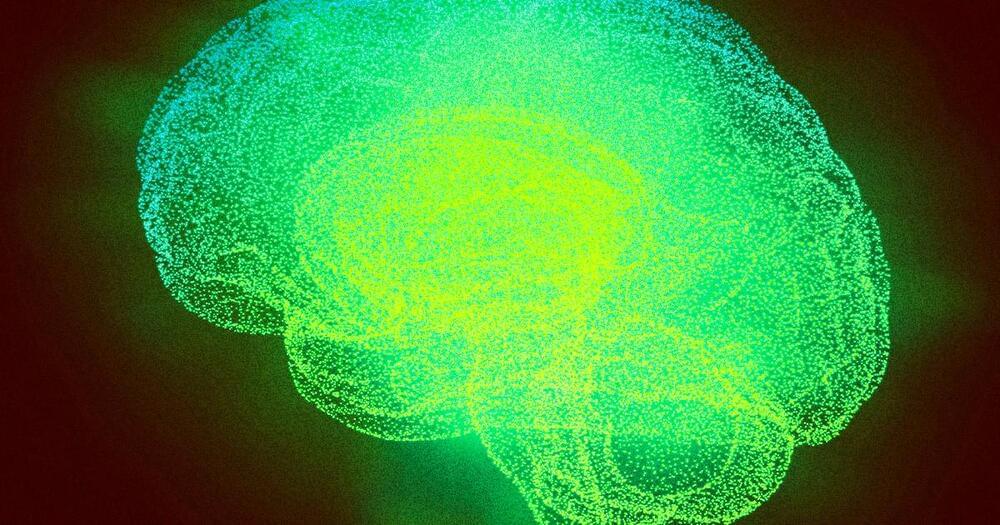Is there any strategy or alliance too complex for its ruthless intelligence? Meta AI made a groundbreaking announcement with the launch of CICERO — the first-ever AI (artificial intelligence) capable of winning at Diplomacy, a multiplayer strategy game that calls for mutual trust, compromise, and teamwork. This marks a significant milestone in AI evolution.
South Korean Go champion Lee Se-dol has retired after being beat by DeepMind’s AlphaGo software. He told Yonhap news agency his decision was influenced by the fact that artificial intelligence (AI) “cannot be defeated.”
An entity that cannot be defeated
“With the debut of AI in Go games, I’ve realized that I’m not at the top even if I become the number one through frantic efforts,” Se-dol told Yonhap. “Even if I become the number one, there is an entity that cannot be defeated.”




